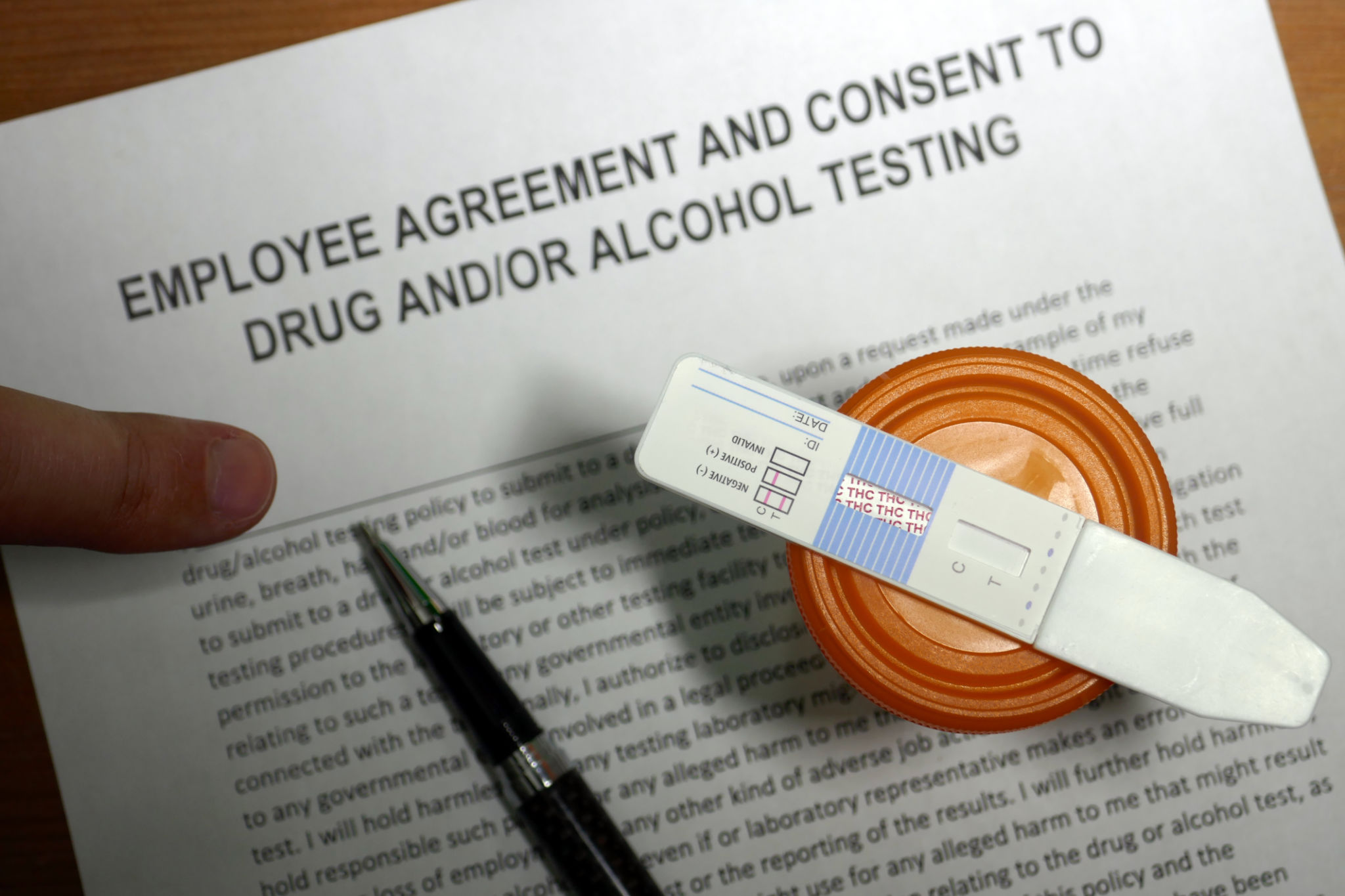Breaking Down Myths: The Truth About Drug Testing
AD
Understanding the Basics of Drug Testing
Drug testing has become an integral part of many workplaces, educational institutions, and sports organizations. Despite its common use, there are numerous myths and misconceptions surrounding this practice. Understanding the basics can help demystify these tests and provide clarity on their importance and application.

Drug tests are designed to detect the presence of illegal drugs or prescription medications in the body. They can be conducted using various sample types, including urine, saliva, blood, and hair. Each method has its own advantages and limitations, but all aim to ensure safety and compliance with regulations.
Myth: All Drug Tests Are Invasive
A common misconception is that all drug tests are invasive and uncomfortable. While some methods, like blood tests, may require a healthcare professional to draw a sample, others are much less invasive. For example, saliva tests are simple and non-intrusive, often requiring nothing more than a mouth swab.
Urine tests, another widely used method, might seem invasive to some due to privacy concerns. However, standard procedures are in place to respect individuals' dignity while ensuring test integrity.
Myth: Drug Testing Is Infallible
Another prevalent myth is that drug testing is always accurate and infallible. While modern drug tests are highly reliable, they are not immune to errors. Factors such as improper sample collection or handling, laboratory errors, and even certain medications or foods can lead to false positives or negatives.

It's important for employers and institutions to use certified laboratories and trained professionals to minimize errors. Confirmatory testing, usually conducted through more sophisticated methods like gas chromatography-mass spectrometry (GC-MS), can further ensure accuracy.
The Purpose of Drug Testing
Drug testing serves several vital purposes beyond merely identifying drug use. In workplaces, it promotes a safe and productive environment by deterring substance abuse. For athletes, it ensures fair competition by preventing performance-enhancing drug use.
- Promotes safety in high-risk jobs
- Maintains integrity in sports
- Aids in rehabilitation programs

Additionally, drug testing can be a component of rehabilitation programs, helping individuals remain accountable during their recovery process.
Myth: Drug Testing Violates Privacy
Concerns about privacy are often cited as a reason against drug testing. However, legal frameworks exist to protect individuals' rights. Employers and organizations must follow strict guidelines regarding consent, confidentiality, and the handling of test results.
Understanding these protections can alleviate concerns and ensure that drug testing is conducted ethically and respectfully.
Conclusion: Dispel Myths for Better Understanding
By breaking down the myths surrounding drug testing, we can foster a better understanding of its role and importance in society. It's crucial to approach drug testing with informed perspectives, recognizing both its benefits and limitations.
As technology advances and awareness grows, drug testing will continue to evolve, offering more accurate and less invasive options for various settings.